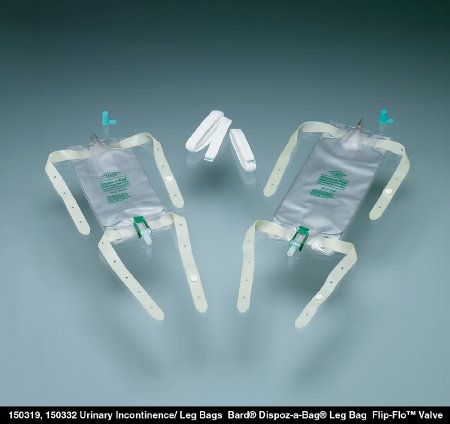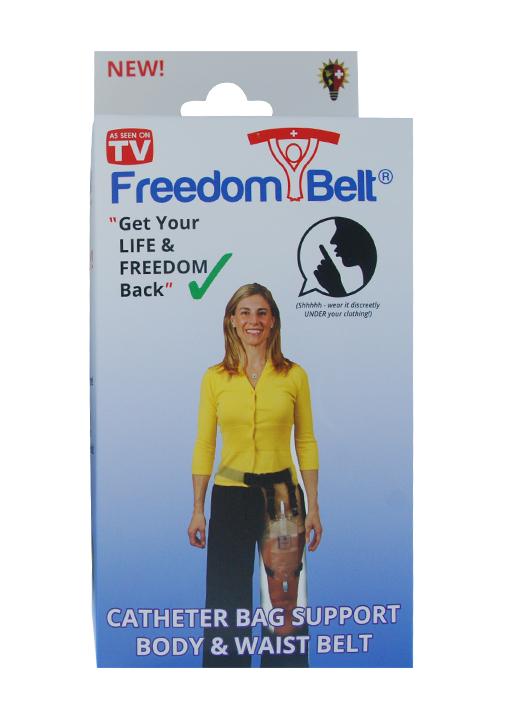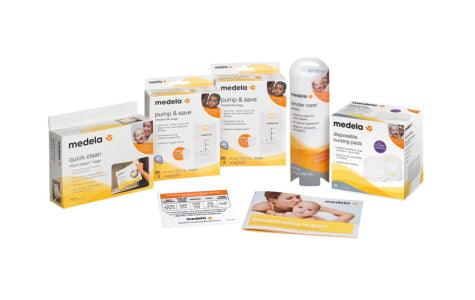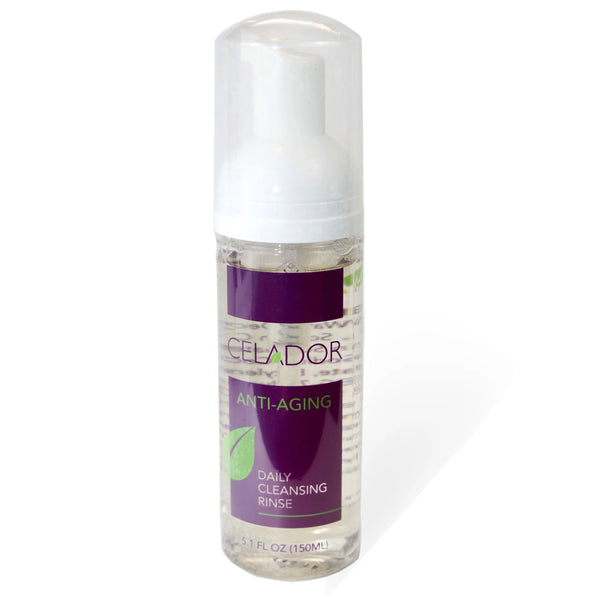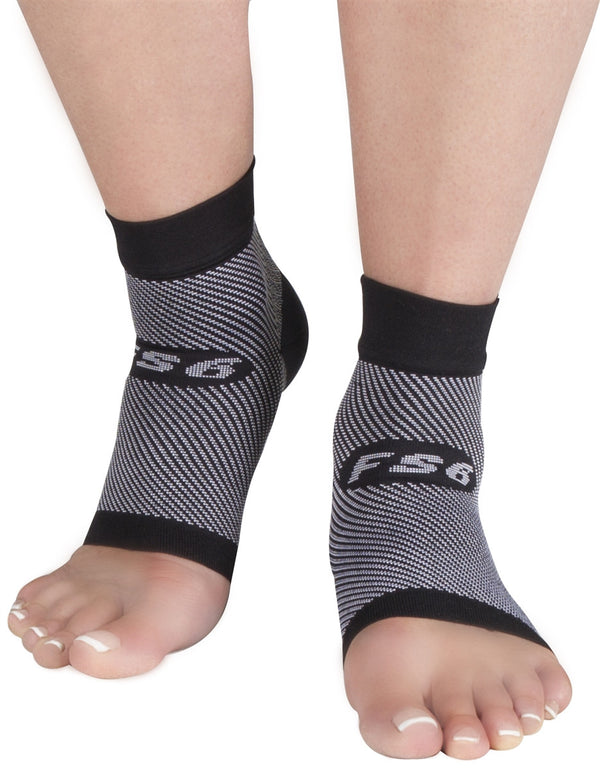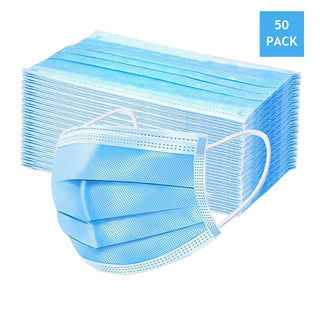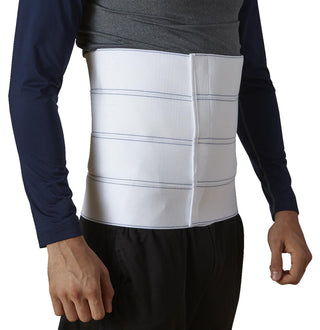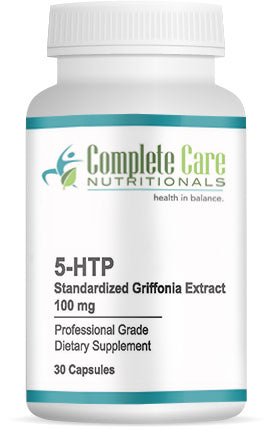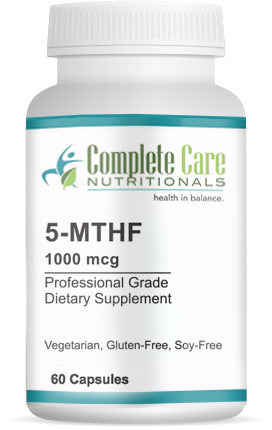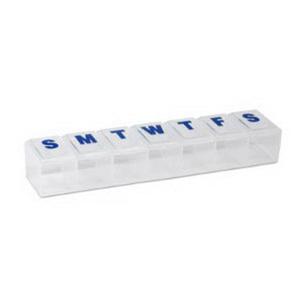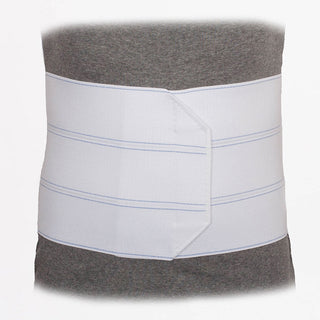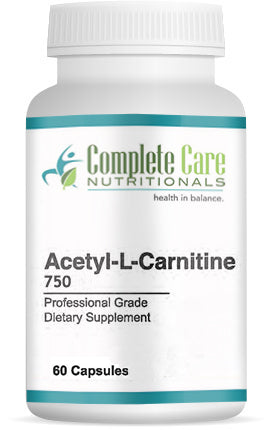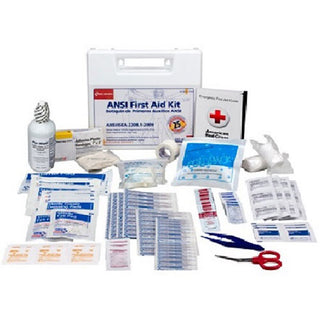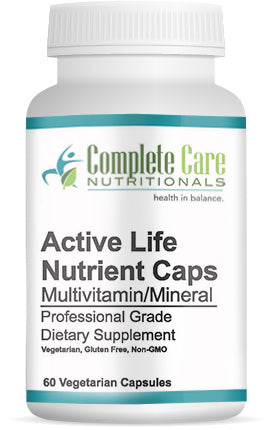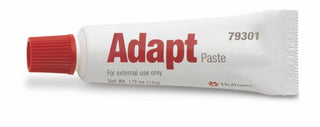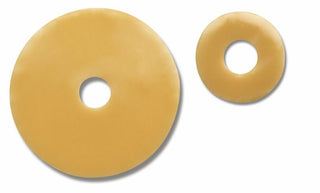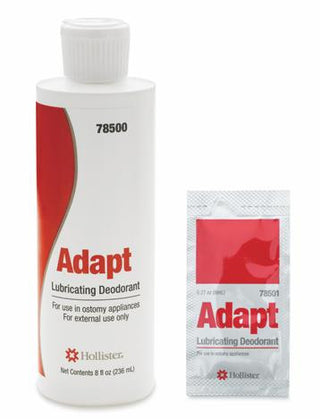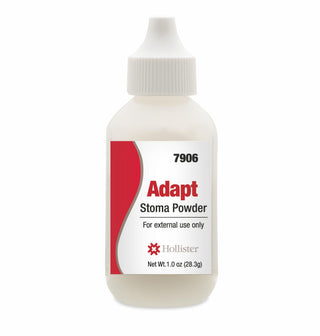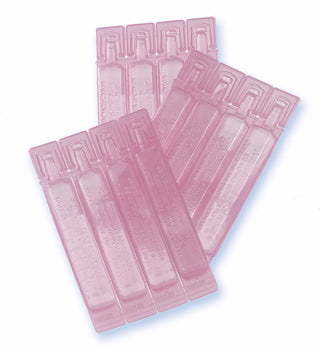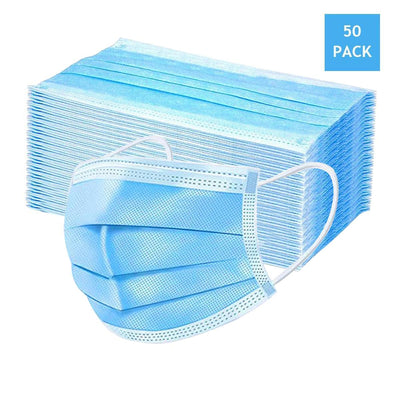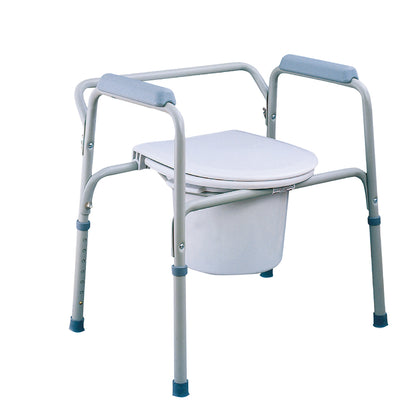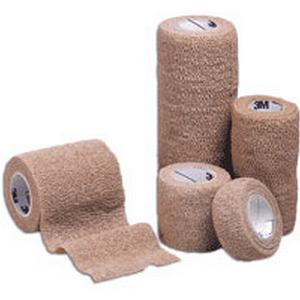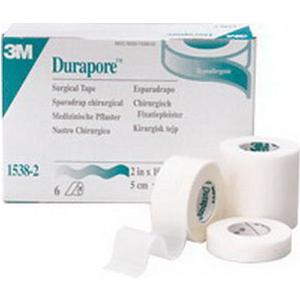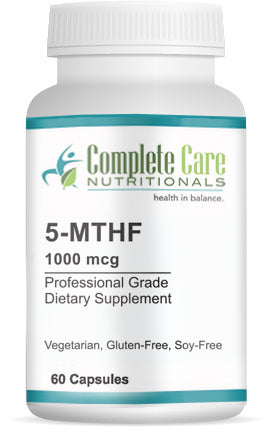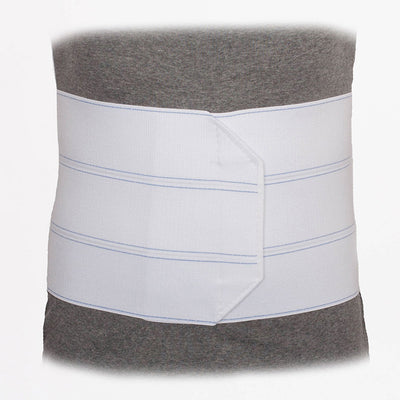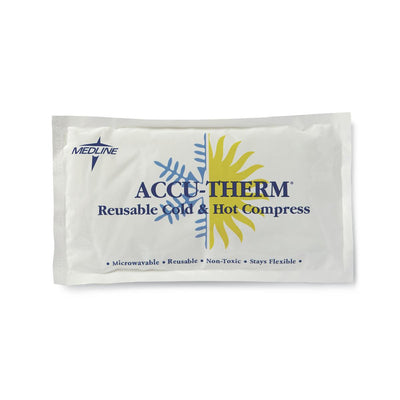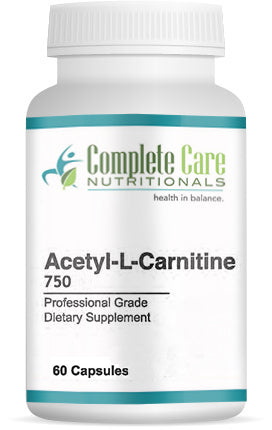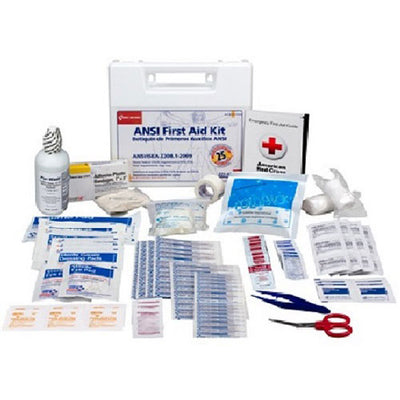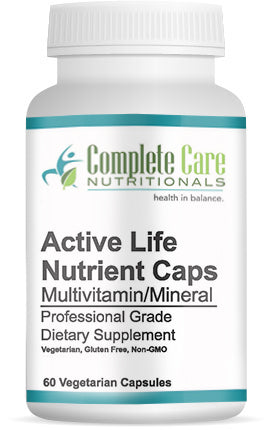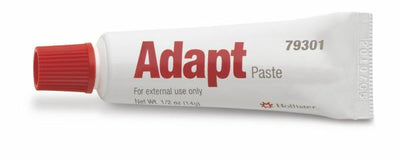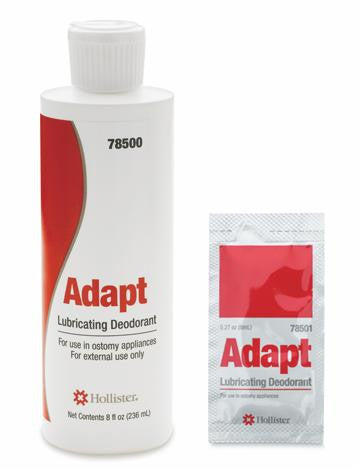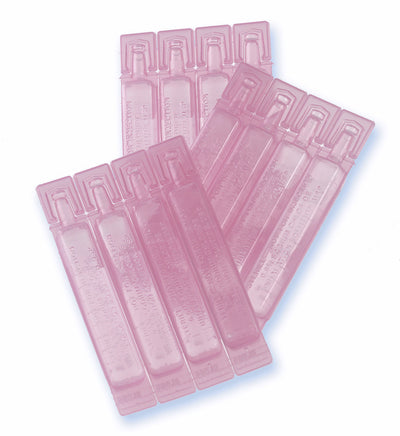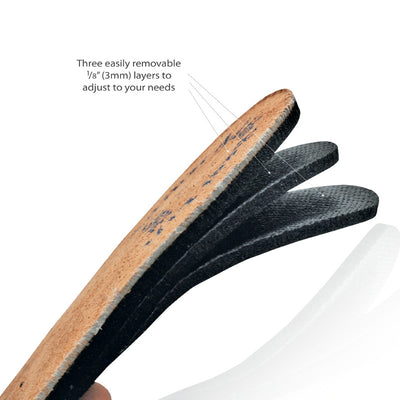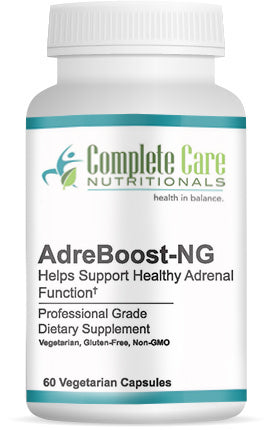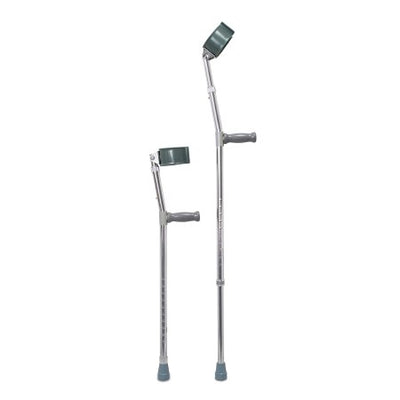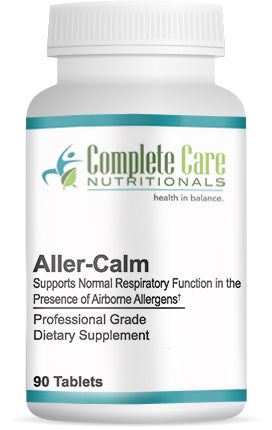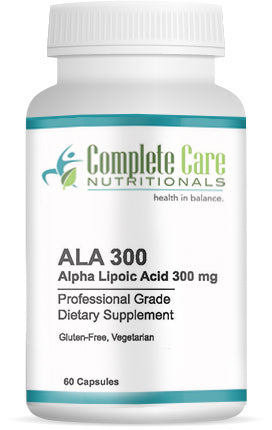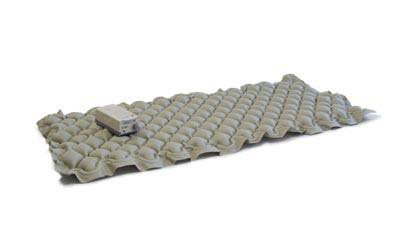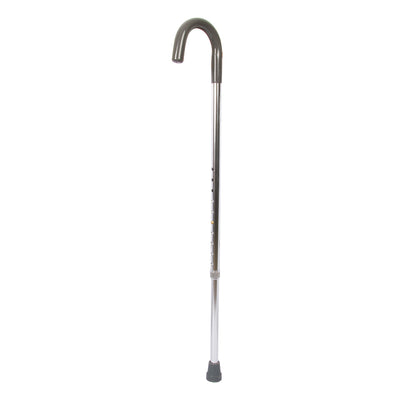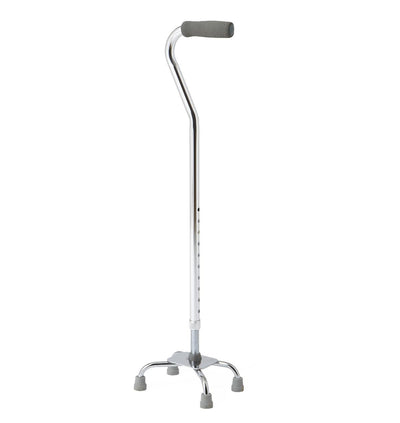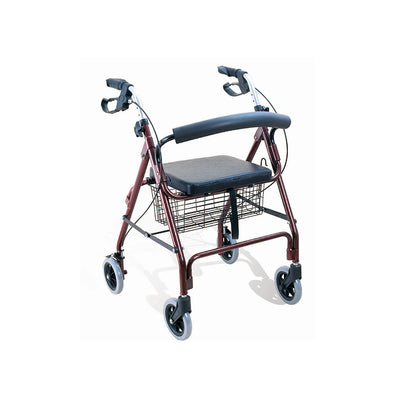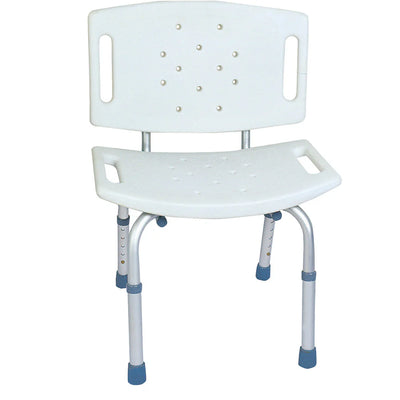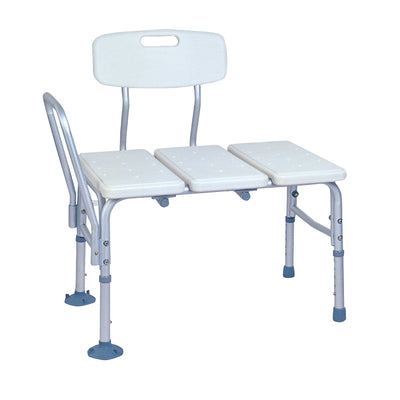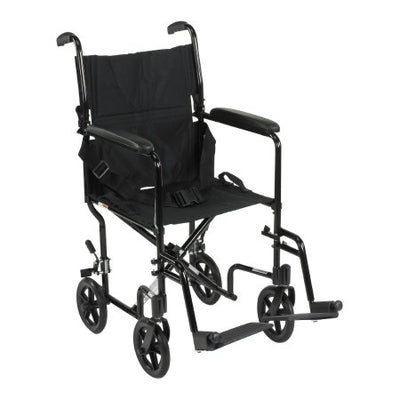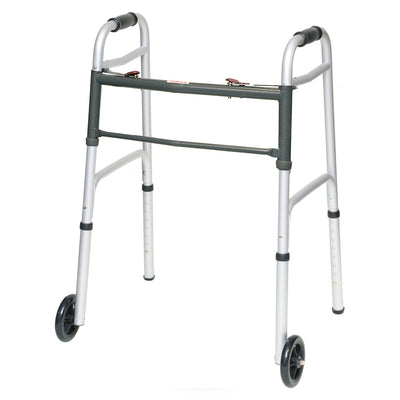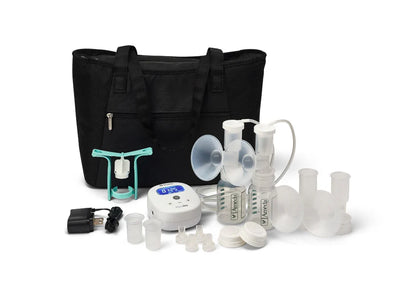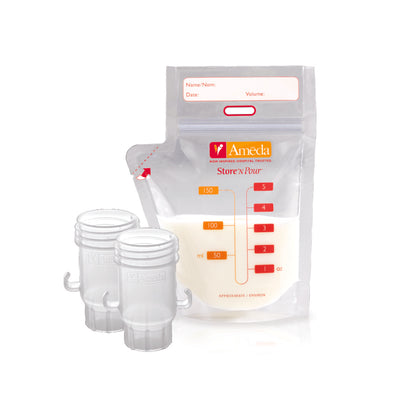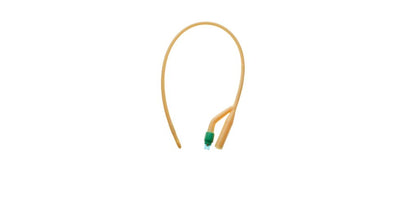What is Urinary Incontinence?
Urinary incontinence occurs when ones control of their urinary sphincter is either lost or weakened, resulting in the involuntary leakage of the bladder. According to the American Urological Association, it is estimated that twenty-five to thirty percent of Americans suffer from urinary incontinence, though exact numbers are unknown. This is because many people keep their symptoms secret, but it is time to talk about urinary incontinence. It can be maintained or treated and it is more common than people think.
Causes of Urinary Incontinence:
*There are many causes of incontinence, bladder problems or bladder weakness, so a medical professional should diagnose. This article is informative but is not to be used for diagnosis.
Types of Urinary Incontinence:
- Stress Urinary Incontinence (SUI)- occurs when urine leaks due to exerting pressure on your bladder by sneezing, laughing, coughing, exercising, heavy lifting, and more. This is the most common type. It can be mild, moderate or severe.
- Urge Incontinence or Overactive Bladder (OAB) - occurs when you cannot control the ‘urge’ to urinate or you may have to urinate several times during the day and night.
- Overflow incontinence- occurs when you experience constant or frequent dripping of urine; due to the inability of the bladder to empty completely or your body making more urine than the bladder can hold.
- Functional incontinence- occurs when a physical or mental impairment hinders you from making it to the toilet in time.
- Mixed Incontinence- occurs when you experience more than one type of urinary incontinence. Such as leaking urine with activity and often feeling the urge to urinate.
Solutions for Urinary Incontinence:
- Absorbent products and other devices: An external catheter, or condom catheter, is a device that goes over the penis to control leakage. A Pessary, is a device that is inserted in the vagina to prevent leakage. Protective pads and panty liners, along with briefs and diapers can help manage incontinence. There are also creams and wipes to maintain healthy skin and comfort. Bed pads are available and usually used at night. Our staff can help with any questions you may have about products. Consult your doctor for a primary assessment.
- Behavioral treatment: depending on your incontinence a range of lifestyle changes can help, such as changing the food you eat or alcohol consumption. An exercise called Kegels, which strengthens pelvic floor muscles, can help. Bladder training/retaining, is the process of gradually increasing the time intervals between urinating. Living a healthier life with proper exercise and diet can also reduce the risk of developing urinary incontinence.
- Medications: There are a range of medications that are used to treat incontinence, consult a doctor for proper medication. If medications do not work Botox can also be injected into the bladder muscle to improve symptoms.
- Surgery: This is often the last resort. Some surgeries include supporting the bladder, inserting nerve stimulators, or the sling procedure. Ask your doctor what your options are and what they recommend.
For most people, medical treatment or simple lifestyle changes can improve symptoms or stop urinary incontinence. Don’t hesitate to contact your doctor if urinary incontinence is affecting your daily activities.
If you're suffering from incontinence, you may be interested in these products:








